Tag: Czech Republic
-
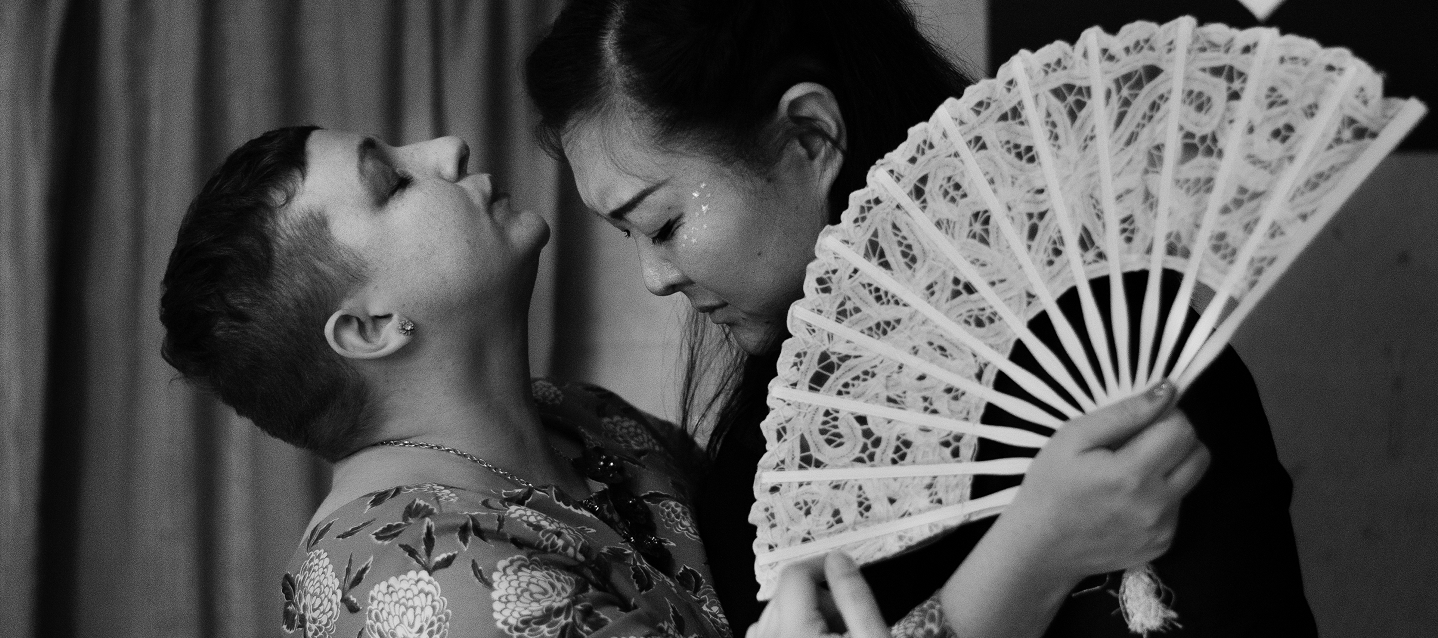
Dance Macabre Blueprint
Detailed explanation of the design and organization of the Dance Macabre larp, in which pairs of dancers attempt to overcome problems and fears around the subject of love.
-
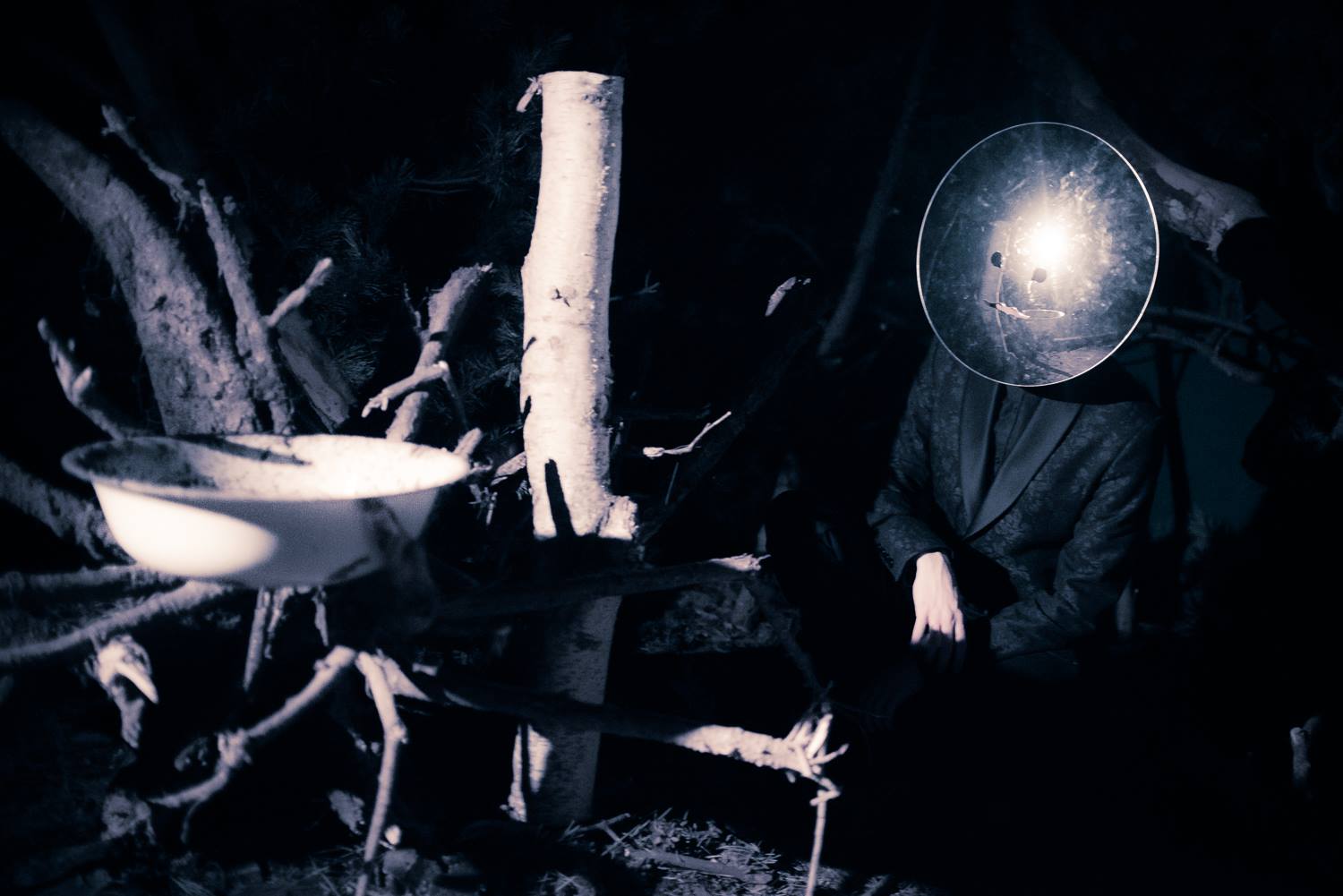
Czech Chamber Larp Through the Years, Part 2
The second part of an article surveying the history of Czech and Slovak chamber larp.
-
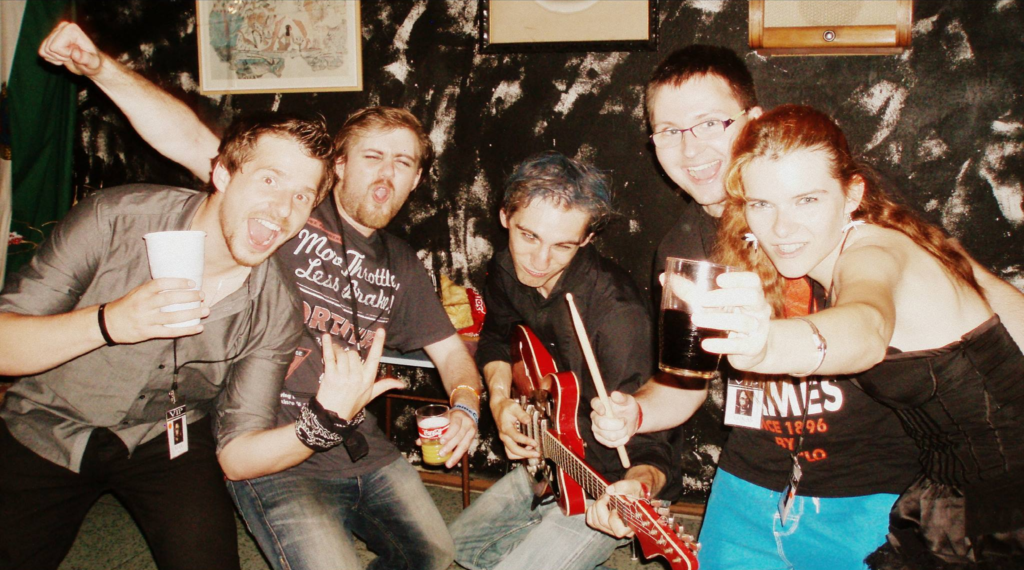
Czech Chamber Larp Through the Years, Part 1
The first part of an article surveying the history of Czech and Slovak chamber larp.
-

together/alone – Searching for a Soulmate in Summer Prague
in
spolu/sami (in English: together/alone) was a game about ordinary people in present-day Prague. The larp was lyric, melancholic, atmospheric, and authentic.
-
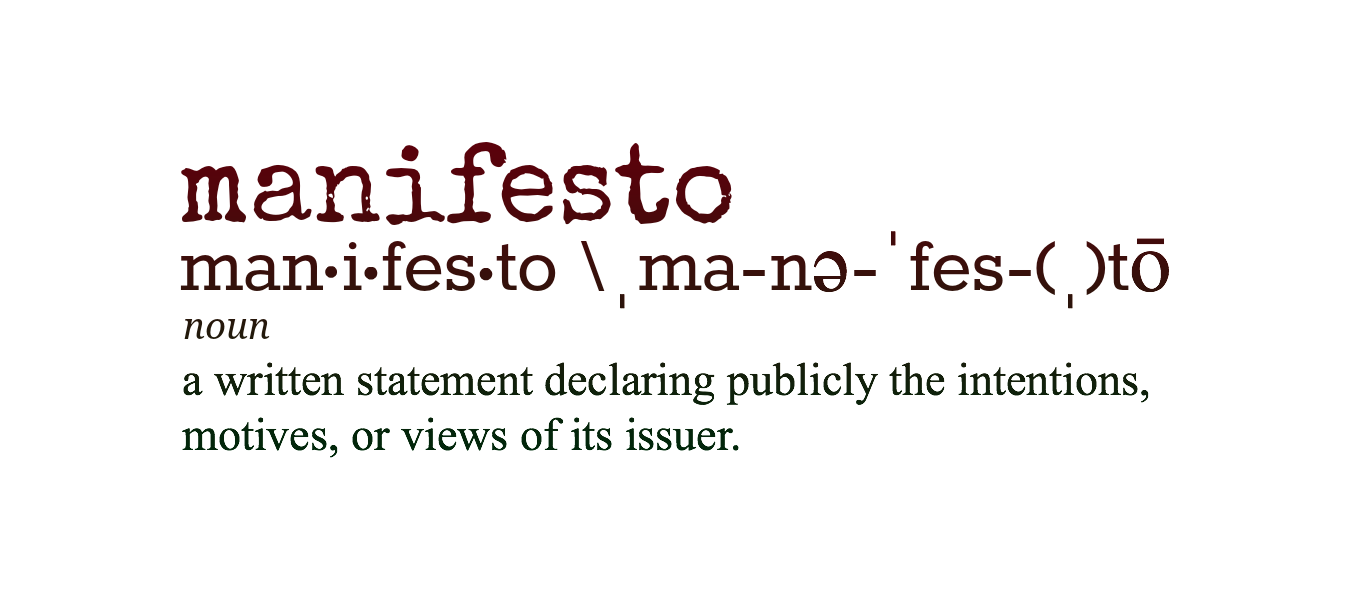
Content Larp Manifesto
in
In this text, we, the undersigned, would like to present the current position of content larp; the key rules of its design; and its characteristic features.
-
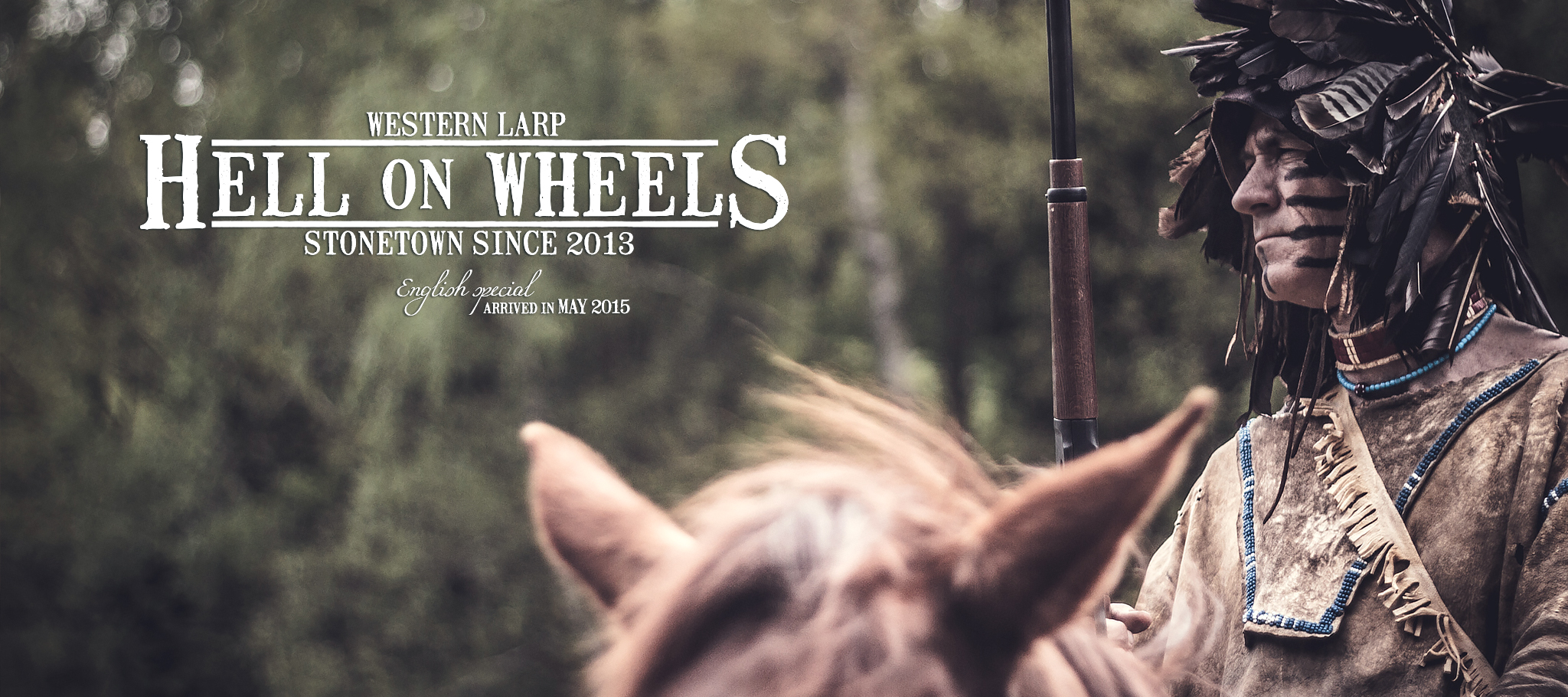
Hell on Wheels – Experience the Wild West
The Hell on Wheels larp is a dramatic game for 54 players that takes place in Stonetown, a western settlement in the Czech Republic.
-
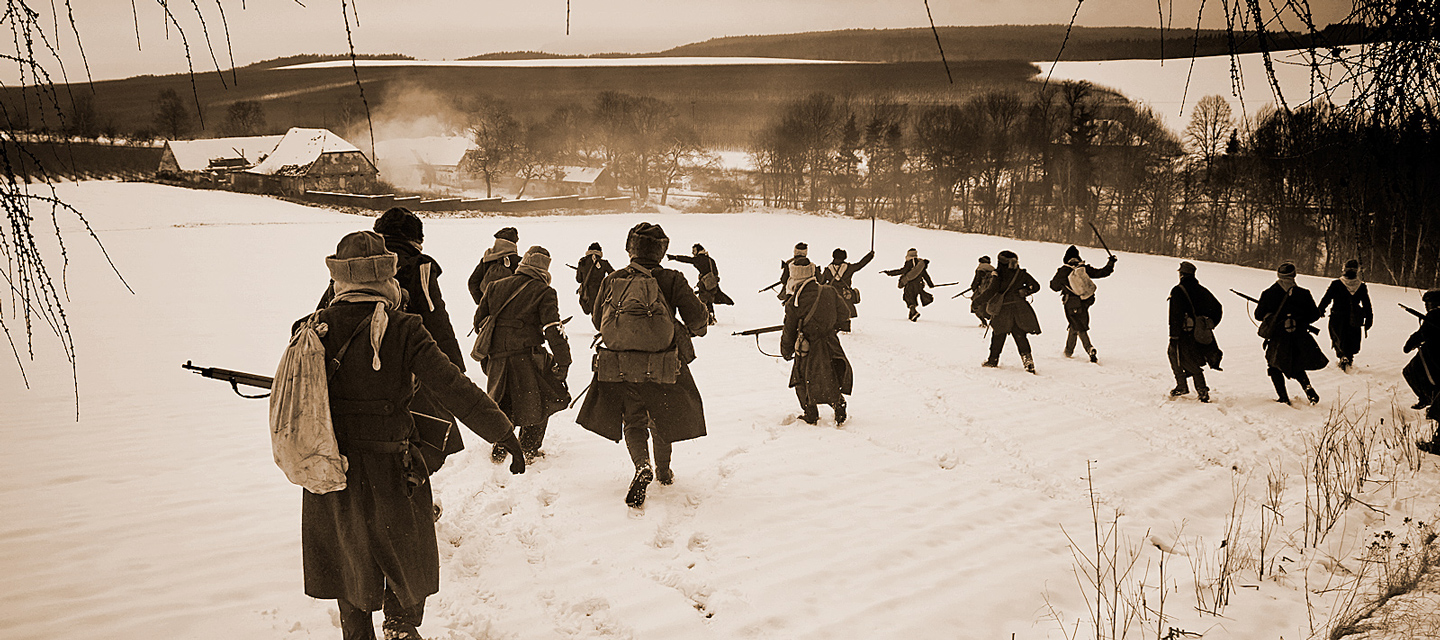
Legion – Trans-Siberian Railroading
Legion, or Legie as it is called in its original language, is a Czech larp that had already had six runs by the time the international run was played, and is a game for 54 pre-written characters, both soldiers and civilians. The story is based on (very well researched) historical accounts of the Czech Legion…
-
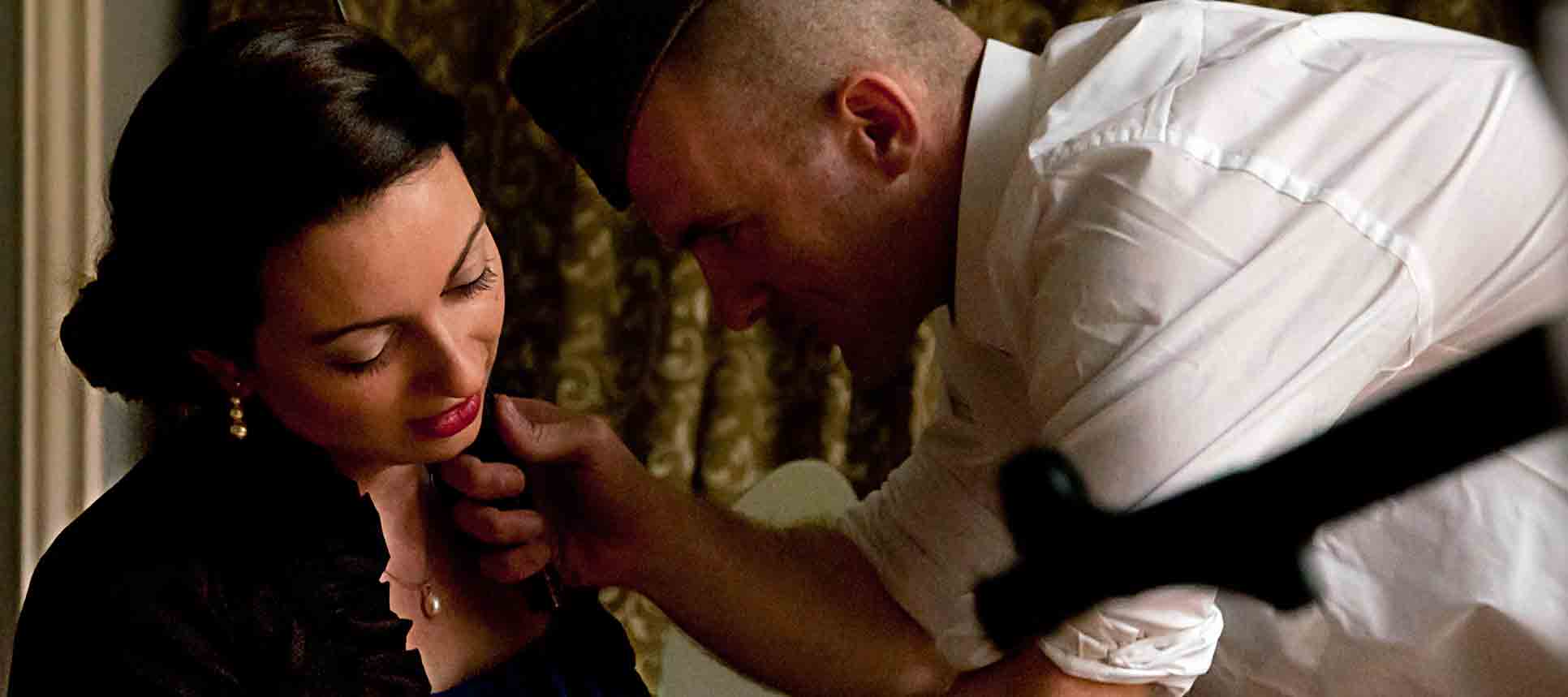
Salon Moravia – Cabaret for Women Only
The door shut and he was gone. At that moment, Evžénie forgot his rank. But she would never forget his short moustache waving over her, how the lips under it were feverishly mumbling something in that repulsive language. How he snorted when he humped. She slid down to the floor. Her back against the wall,
-
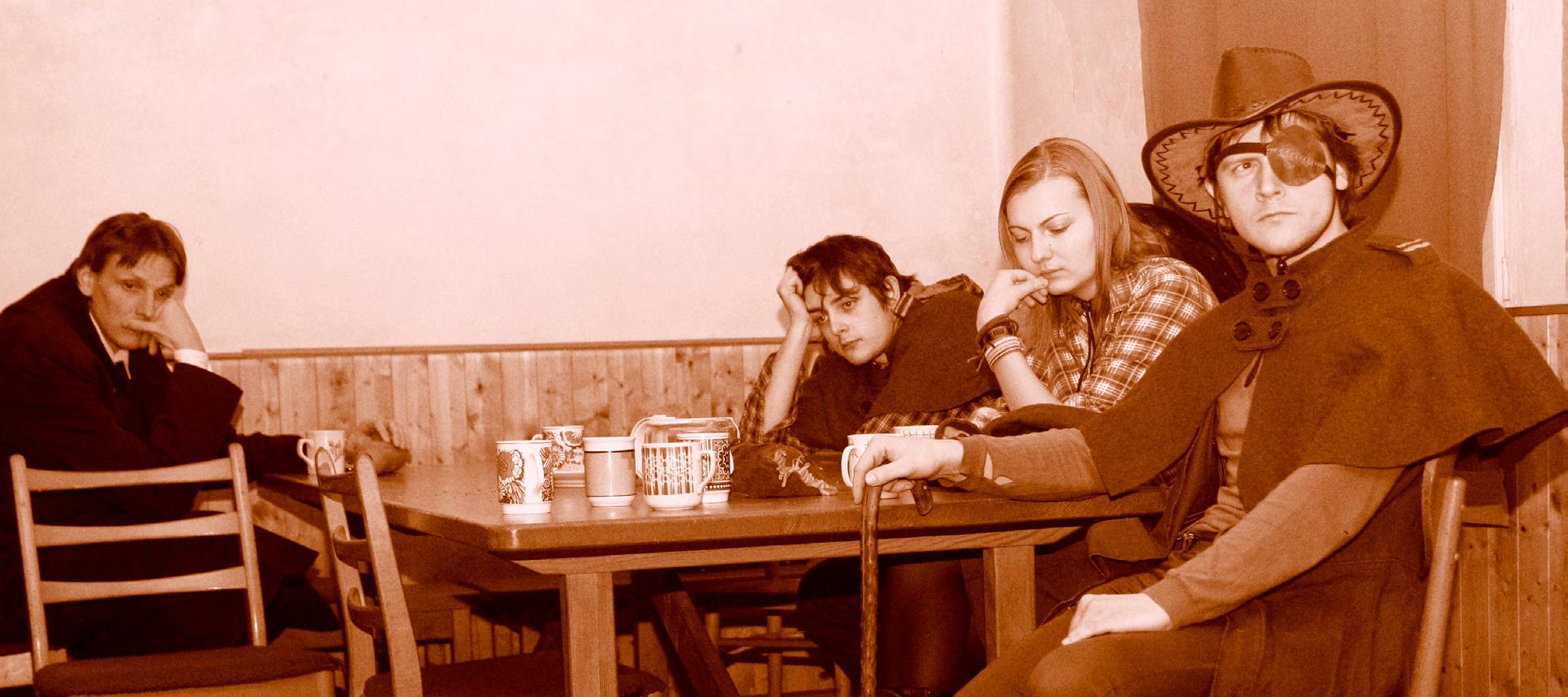
Moon – A Firefly Larp Not Exactly about Firefly
How we created a Firefly larp, not exactly about Firefly One day the world became too small for all of us. Then we started to settle other planets. Terraformation begun. Things changed. Lot of us became adventures, seeking freedom and independence. But with great power comes great responsibility… None of us had an idea of
-
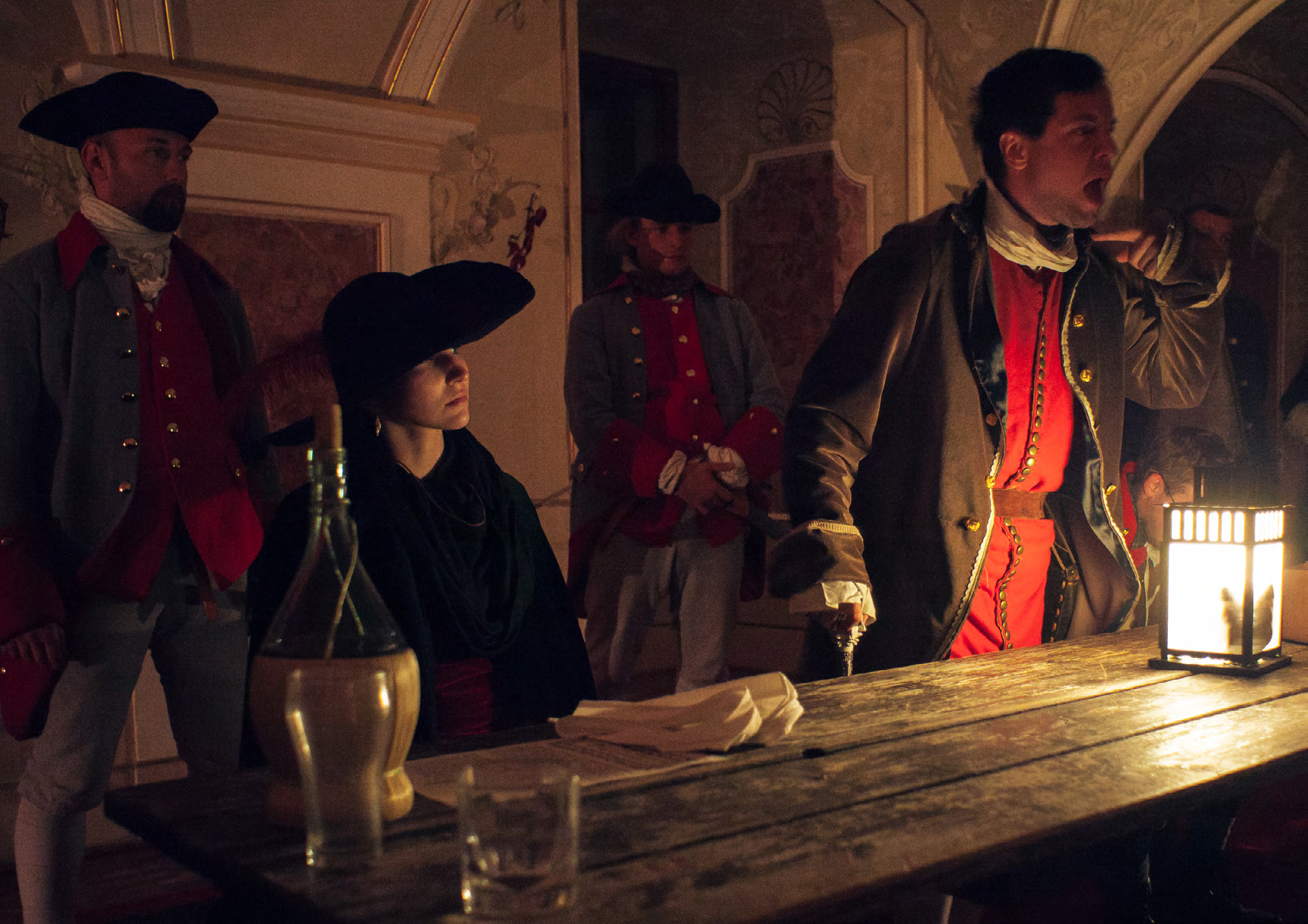
De la Bête – An Expensive Beast
The beast I saw resembled a leopard, but had feet like those of a bear and a mouth like that of a lion. The dragon gave the beast his power and his throne and great authority. Revelations, 13:2, the Bible (New International Version) De la Bête (About the Beast) was a larp for 95 players,